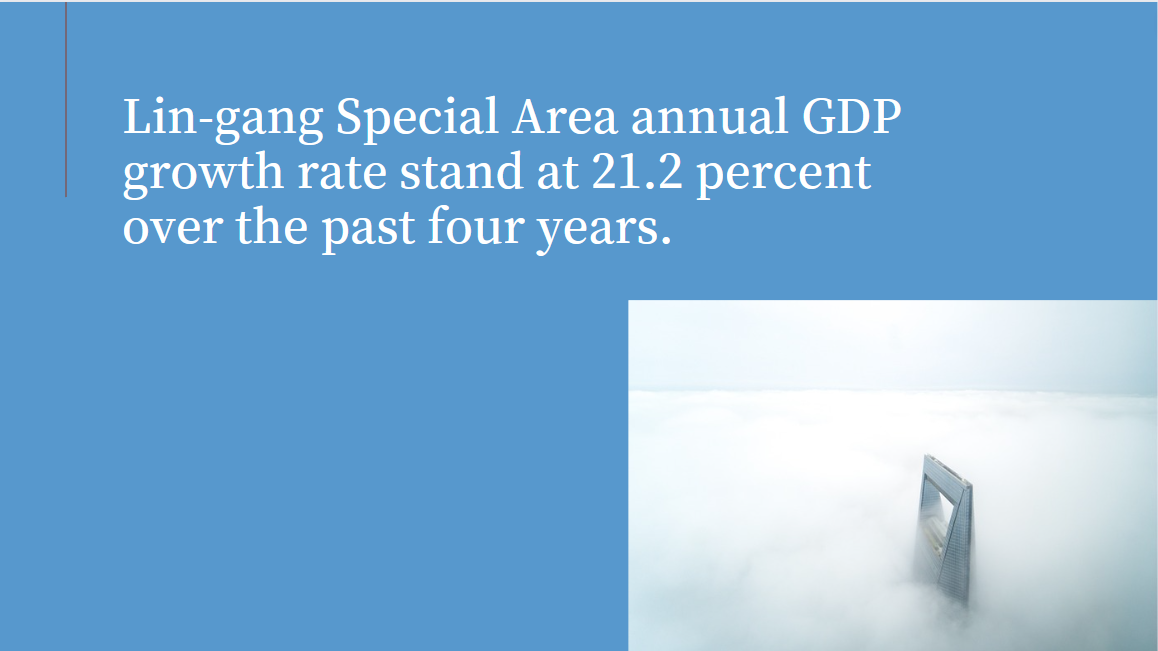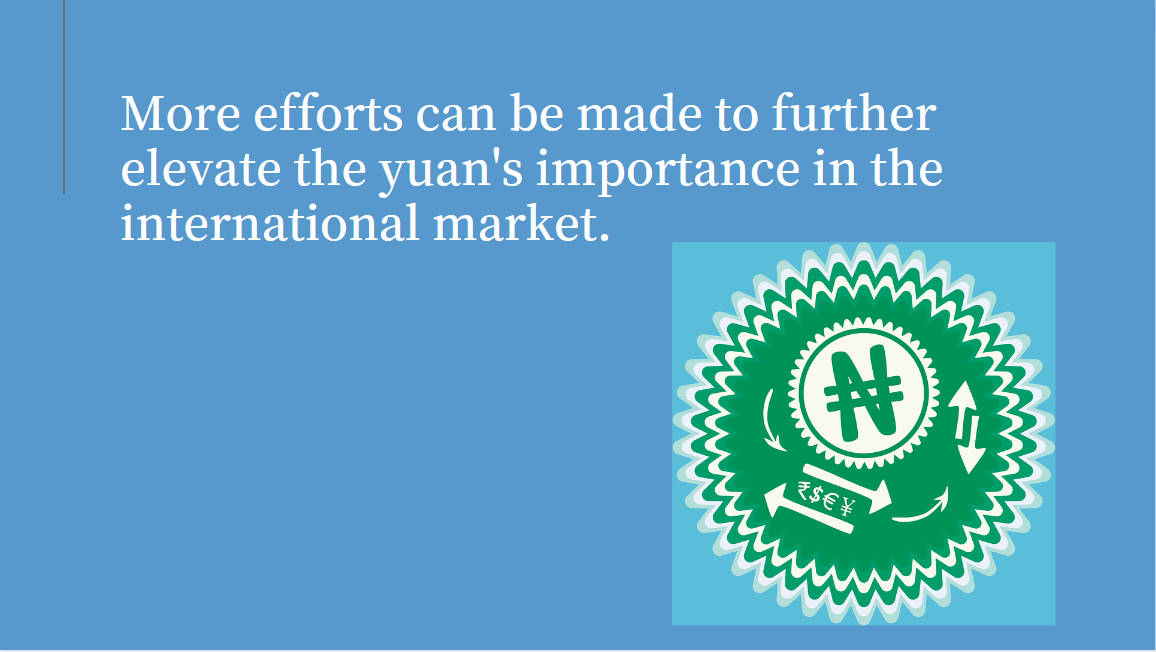Swift and Seamless Online Transactions Essential for Digital Vendors
A swift, seamless online user experience as essential when it comes to securing orders was the key message from exhibitors at this year's Internet Retailer Conference and Exhibition (IRCE). Spelling it out, representatives of many of the companies participating in the Chicago‑hosted event were adamant that speed is indeed of the essence when selling online, with many modern consumers brutally intolerant of sluggish websites.
Digging down into the specifics, Matthew Molloy, Head of Demand Generation for Bidnamic, a North of England‑based shopping management software specialist, said: “Any page loading speed of six seconds or more before it’s fully interactive increases bounce rates, typically, by around 40%.”
Taking a different tack, Alex Schlosberg, Director of Inside Sales for Massachusetts‑based Yottaa, a web and mobile optimisation services specialist, maintained that many businesses now focus too much on driving traffic to their sites, while neglecting the importance of converting that traffic to sales.
Expanding upon this, he said: “A lot of the time, we'll talk to companies about the things that are affecting their business outcomes. They are used to things like ROAS [return on advertising spend] and how ad spend affects conversion, but they don’t really think about whether their customers require a rapid, seamless experience if they are going to stay on their site and buy their products.”
Making a similar point, Rich Himsworth, Chief Executive of Salesfire, a Northeast of England‑based conversion rate optimisation platform, said: “People now spend an awful lot of money driving traffic to their websites. As competition has increased and Amazon has expanded its market share over Google Shopping, the cost‑per‑click has risen, making it essential to optimise the traffic driven to any given site.
“Our statistics show that if somebody invests US$50,000 into driving traffic to a site, $49,500 of that will prove ineffective. More than half of visitors, for instance, bounce out before they have looked at more than one page. Our strategy, then, is to make traffic stickier on‑site.”
Across the showfloor, there was also a substantial contingent of exhibitors looking to assist vendors when it came to getting a deeper understanding of just how and why consumers use their sites. Hoping to take a lead here was Fullstory, an Atlanta‑based provider of Digital Experience Intelligence (DXI).
Outlining the exact nature of his company's offer, Account Executive Nathan Wright said: “Basically, we help companies understand the user experience across their site. To that end, we provide a high‑fidelity re‑creation of a typical user session and all the related product analytics.
“What we see as our USP is that we are able to pair the high‑fidelity session replay and the quantitative product analytics – what’s happening to users and what they are experiencing – with a visual session replay that you can literally just sit and watch. Most of the other players in this space tend to focus on one or the other – just session replay or just product analytics.”
It was also noted that a fast and user‑friendly experience was more important in some markets than in others, with many exhibitors singling out the apparel sector as one where it was particularly crucial. Explaining just why, Stephen Crawshaw, a Growth Consultant with Bidnamic, said: “Clothing is probably our key sector. Our product works best for retailers with a wide number of SKUs – something we see in fashion and, to a lesser extent in, homeware.”
Echoing his view was Mike Matker, Co‑Founder of SiteVibes, an Illinois‑based shopper experience platform. Broadening out the point a little, he said: “Right now we are really strong in the apparel industry but B2C, in general, is really blossoming when it comes to things like loyalty. Everyone is looking for ways to retain customers, to get them to come back and to get them to spend more money.
“As a result, we are now working with more and more B2B companies. They are starting to evolve as they have come to understand that Generation Z – the demographic of many of the primary buyers right now – is accustomed to shopping online. As a consequence, B2B businesses need to emulate the kind of experience previously typical of a B2C retailer.”
The 2023 edition of the Internet Retailer Conference and Exhibition (IRCE) took place from 13-15 June at Chicago’s McCormick Place.
All views expressed in the Market News section reflect those of the individual correspondent and any interviewees. They are neither endorsed nor verified by the HKTDC.





















































First, please LoginComment After ~